An injection molding machine is a power-packed machine designed to produce plastic parts by injecting molten plastic into a mold. During the process, the machine heats up the plastic until it becomes liquid and then presses it under pressure into the mold. The injected plastic takes the shape of the mold as it flows freely inside the device. When cool, the robot or any other mechanism within the machine ejects these solidified parts. This manufacturing technique for making products made from metals, glasses, elastomers, confections, and most commonly thermoplastic and thermosetting polymers is now arguably one of our most efficient methods of mass-production available to industries today.
🔧 Core Function
The injection molding machine is the mainstay of plastic manufacturing. Raw plastic resins (usually in pellet or bead form) are melted down, injected into a mold under extreme heat and pressure, then cooled to create high-quality finished parts with great accuracy and detail. In fact, most products made out of plastic are produced using an injection molding machine, including the cars we drive, our toothbrushes, our shopping carts, packaging for electronics and industrial supplies like nuts and bolts.
The machine works on three major steps:
- Melting the plastic at controlled heat and pressure.
- Injecting it into a mold cavity with the required force and keeping it there for requisite time.
- Cooling the resulting product in the mold until it solidifies and ejecting it to obtain finished parts.
✅ 1. Injection Molding Cycle Explained
The injection molding cycle is the process with the shortest cycle time for producing high-quality plastic parts with stable dimensions and can be divided into four phases:
1.1 Heat: As soon as the mold close, the heat begins heating the polymer to its calculated melt/mold temperature.
1.2 Inject: Afterward, material enters and fills a runners into each cavity guided by channels positioned in the mold.
1.3 Cool: The material solidifies throughout all portions of both cavities simultaneously (or at least sufficiently to allow ejection in multi-cavity tools) before ejecting.
1.4 Open: Lastly, once sufficient cooling time has passed; two halves of a mold separate as specified by their part’s design (generally along a single or centrical plane).
Injection Molding process can be described with the help of following six Distinct Step :
🔒 Locking
Before plastic can be injected, the two halves of the mold (the core and the cavity) have to be closed tight by the clamping unit. This is to make sure that the mold is able to resist a very high injection pressure from the molten plastic.
- A hydraulic or all electric clamping system exerts a clamping force of a few tons to some thousands of tons on molds of different sizes.
- The time required to close and clamp the mold affects total cycle time.
✅ 2. Types of Injection Molding Machines
Manufacturers have a broad range of options when it comes to selecting an injection molding machine. There are so many types, sizes, configurations, and even manufacturers available that it may seem overwhelming. Although there are many nuances and technical details surrounding the process, understanding the basic types of machines is enough to get any manufacturer started on the right path. The most common types include general-purpose, electric, two-shot, hydraulic clamp and all-electric.
✅ 2.1 Hydraulic Injection Molding Machines
Hydraulic machines were the only option available until 1983, when Nissei Plastic Industrial Co., LTD introduced the fully electric molding machine for the first time in the world. Hydraulic machines, although not nearly as precise in production tolerances of parts or repeat-ability are still predominant in most of the world, with exception to Japan and Europe.
- Strong clamping force needed for large and thick-walled parts.
- Robustness and high durability.
- Can handle complex molds with multiple cores and ejectors.
Pros:
- Lower initial cost.
- Simpler in design and construction.
- Effective for heavy duty operations like automotive bumper and dashboard molding.
Disadvantages:
- Higher energy consumption.
- Slower response time and less precision than electric machines.
- More maintenance is needed because of the hydraulic fluid systems.
✅ 2.2 Electric Injection Molding Machines
Electric injection molding machines are used for the production of small and medium-sized plastic components. They are fully electric driven and thus they offer high precision, repeatability and speed in a very energy efficient packaging. Fully electrical machines or all-electric injection molding machines use servo motors to actuate all the machine movements and “eliminate” the need for hydraulic systems.
Features:
- Fast and precise operation.
- High energy efficiency.
- Ideal equipment for medical and electronics because of clean and quiet.
Advantages:
- Energy savings up to 70% compared to hydraulic.
- Quieter and cleaner operation—perfect for cleanrooms.
- Better process control and repeatability.
Disadvantages:
- Higher upfront cost.
- Limited clamping force range compared to hydraulic systems.
- Not good for very large parts that need to have a lot of tonnage.
Common Application:
- Medical devices, precision electronics, optical components.
- High-volume production runs with tight tolerances.
✅ 2.3 Hybrid Injection Molding Machines
Hybrid injection molding machines combine the benefits of hydraulic and electric injection molding machines. Due to the use of electric servo drives, the overall cycle time of these machines is often improved compared to all-electric injection molding machines.
Hybrid injection molding machines are high-performance machines with the best of hydraulic and electric technologies. Hybrid injection molding machines perform the functions of both hydraulic and electric injection molding machines. A hybrid machine is a combination of hydraulic and electric machines, featuring the benefits of both types.
Features:
- Servo motors are used for injection and clamping.
- Hydraulic systems are used for some specific works where high force is needed.
Advantages:
- Balanced performance: speed, precision, and power.
- Reduced energy consumption vs. traditional hydraulics.
- Perfect for complex, high-strength parts.
Disadvantages:
- More complex than single-technology systems.
- Moderate price point—costs more than hydraulic but less than full electric.
Common Applications:
- Automotive parts, packaging products, consumer electronics.
✅ Conclusion
Injection molding machines are the most commonly used machines in the plastic manufacturing industry, especially in large volume operations. They work by injecting molten plastic into a mold cavity where it solidifies and takes on the shape of the cavity. Injection molding machines are therefore ideal for high-volume, precision, and reproducible plastic component manufacturing operations.
We discussed the major process steps in injection molding including clamping, injecting, cooling, and ejection phases and showed pictorial representation of each step. Additionally information on major types of injection molding machines i.e. hydraulic vs electric vs hybrid was also presented.
Hydraulic machines continue to be the most widely used application for large, heavy duty machines. However, hydraulic fluids may contain some potentially hazardous components such as highly refined mineral oils and traces of certain chemicals that are harmful or were previously regulated as being harmful but have been reclassified as not having specific target organ toxicity arising from a single exposure.

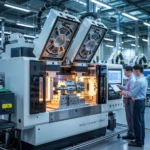
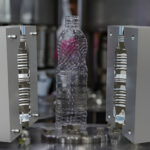
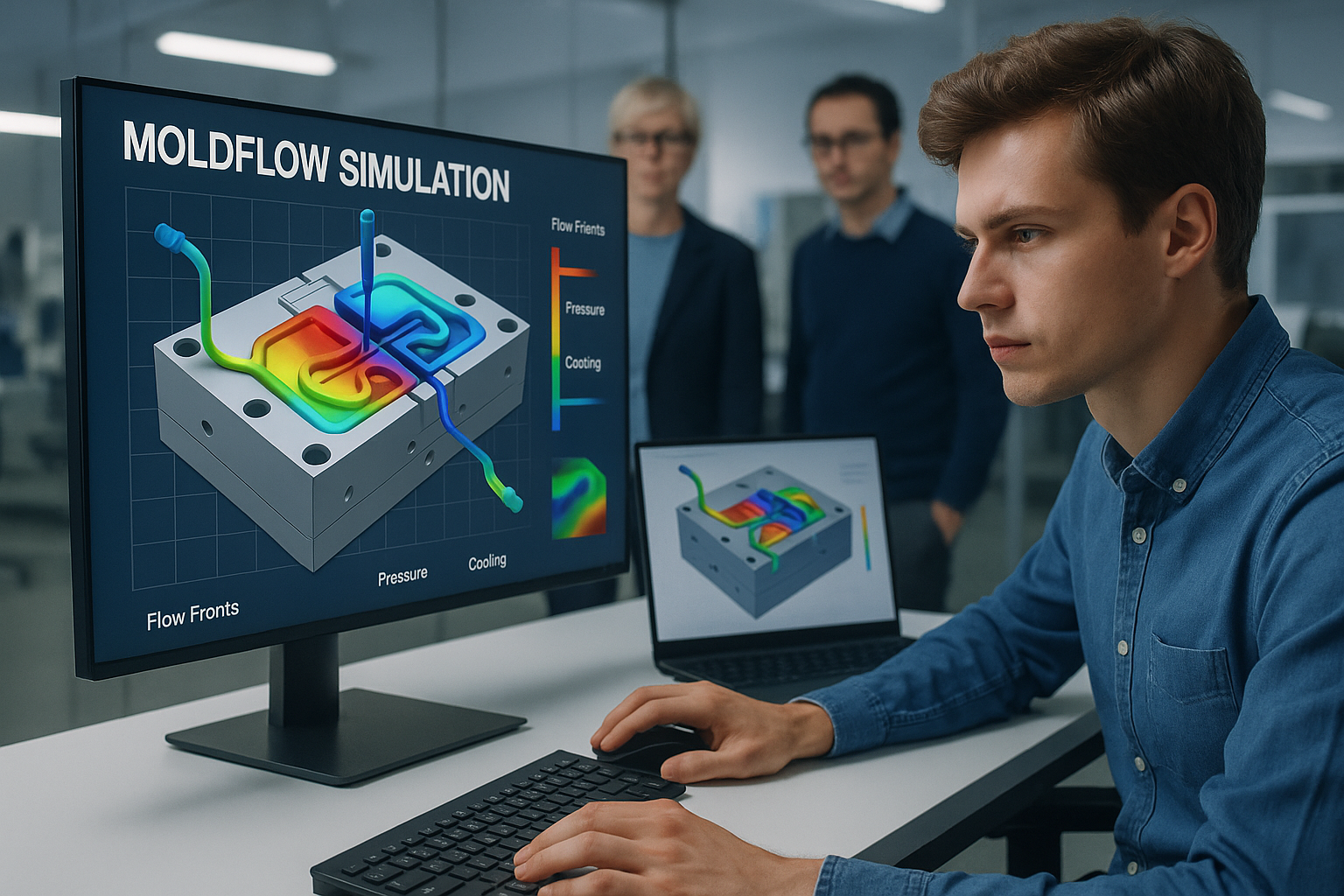
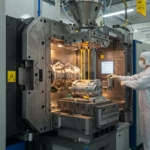
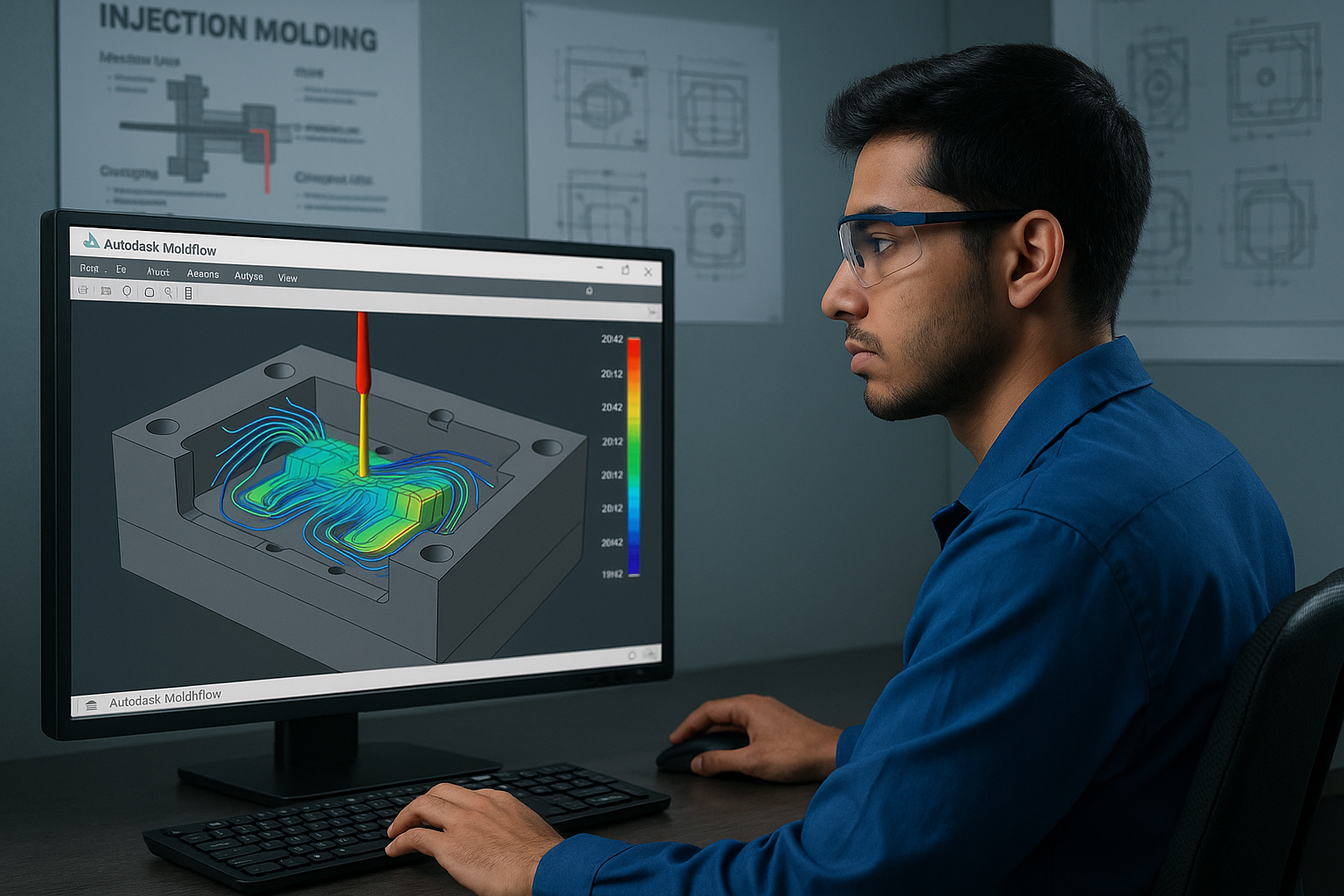
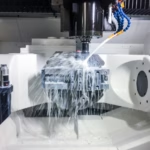
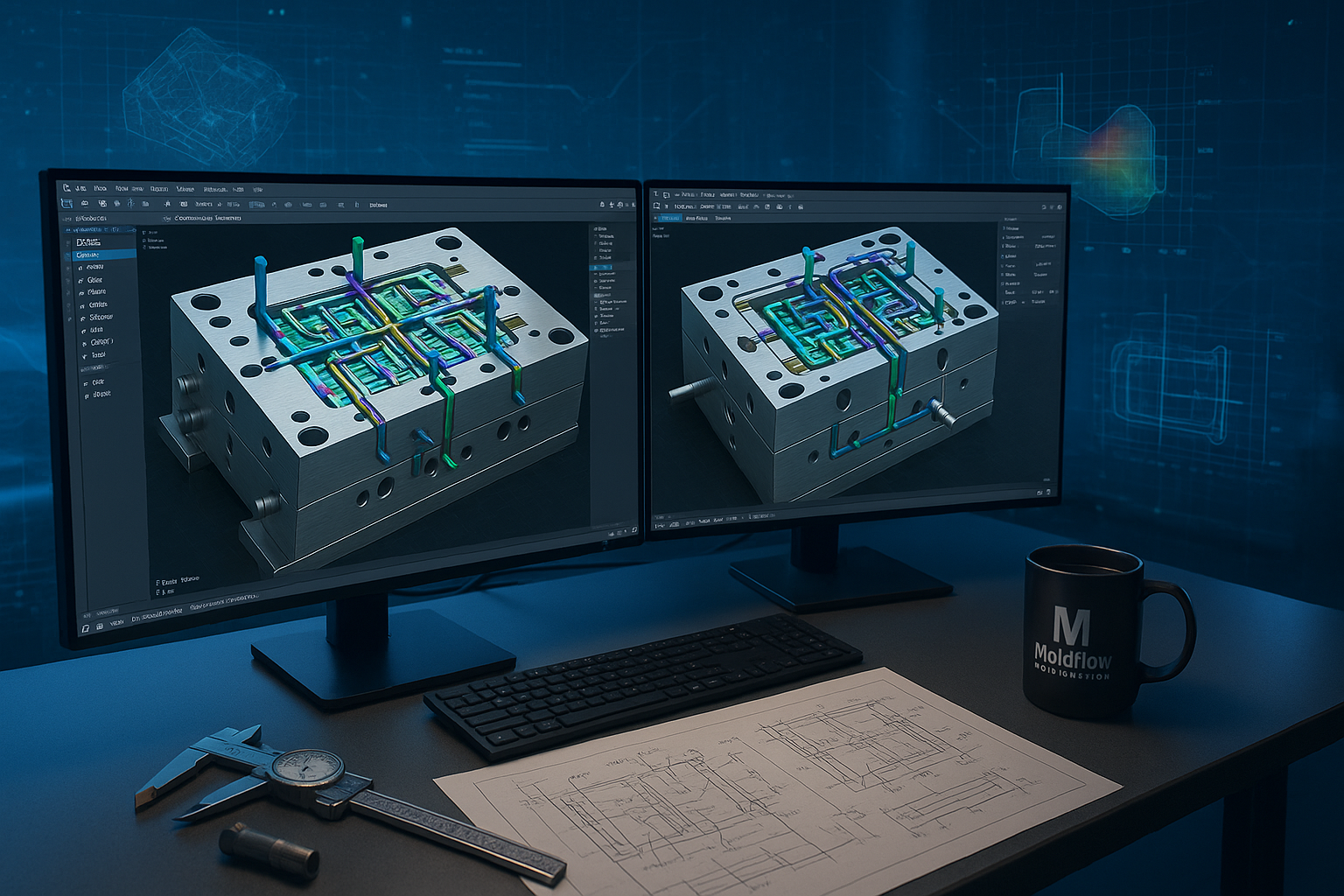
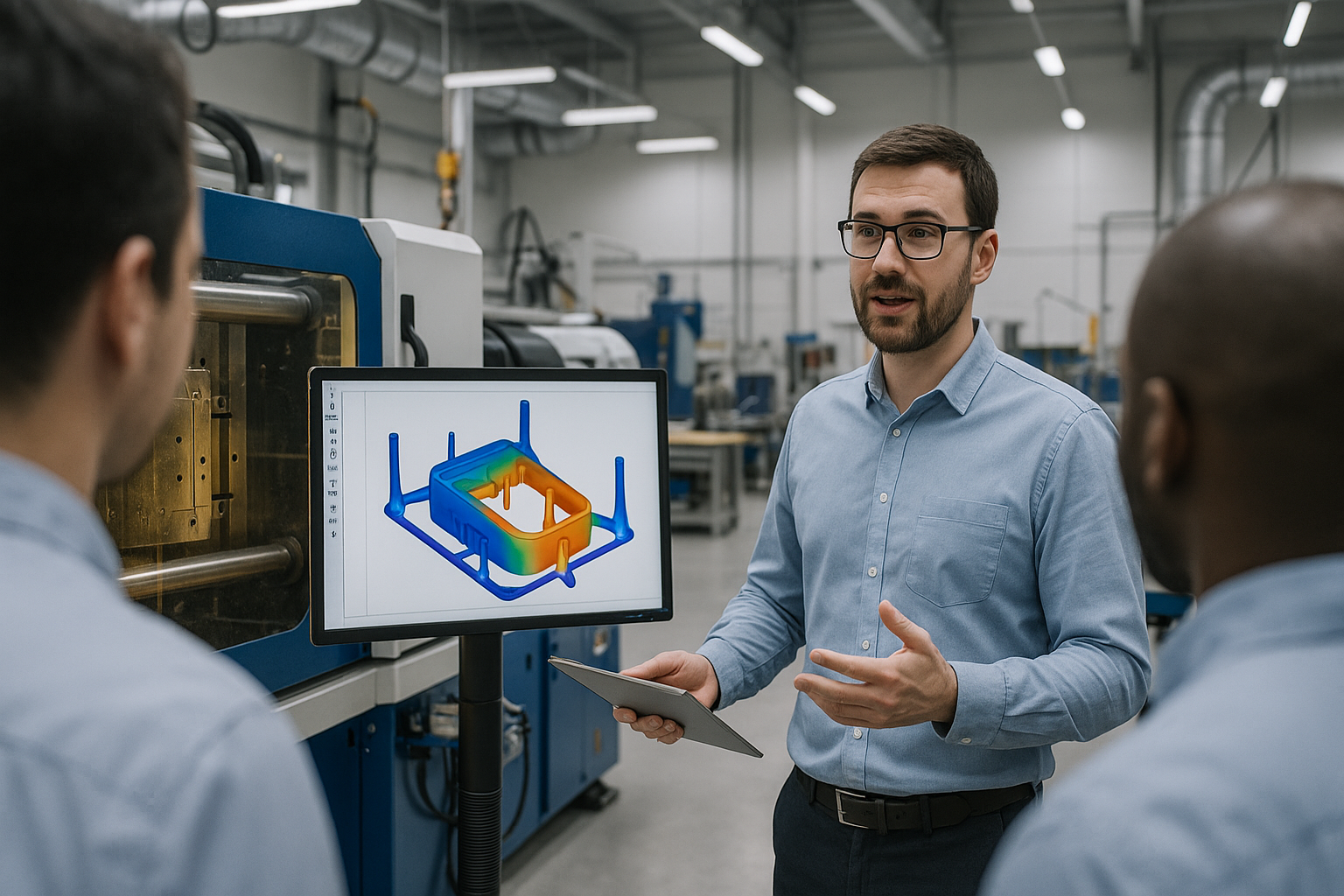
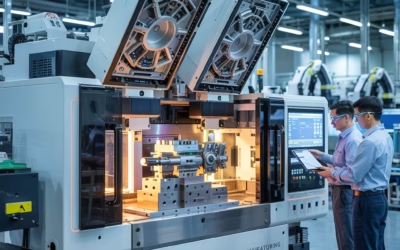
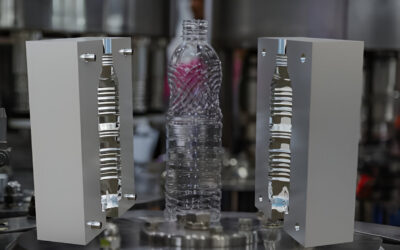
0 Comments